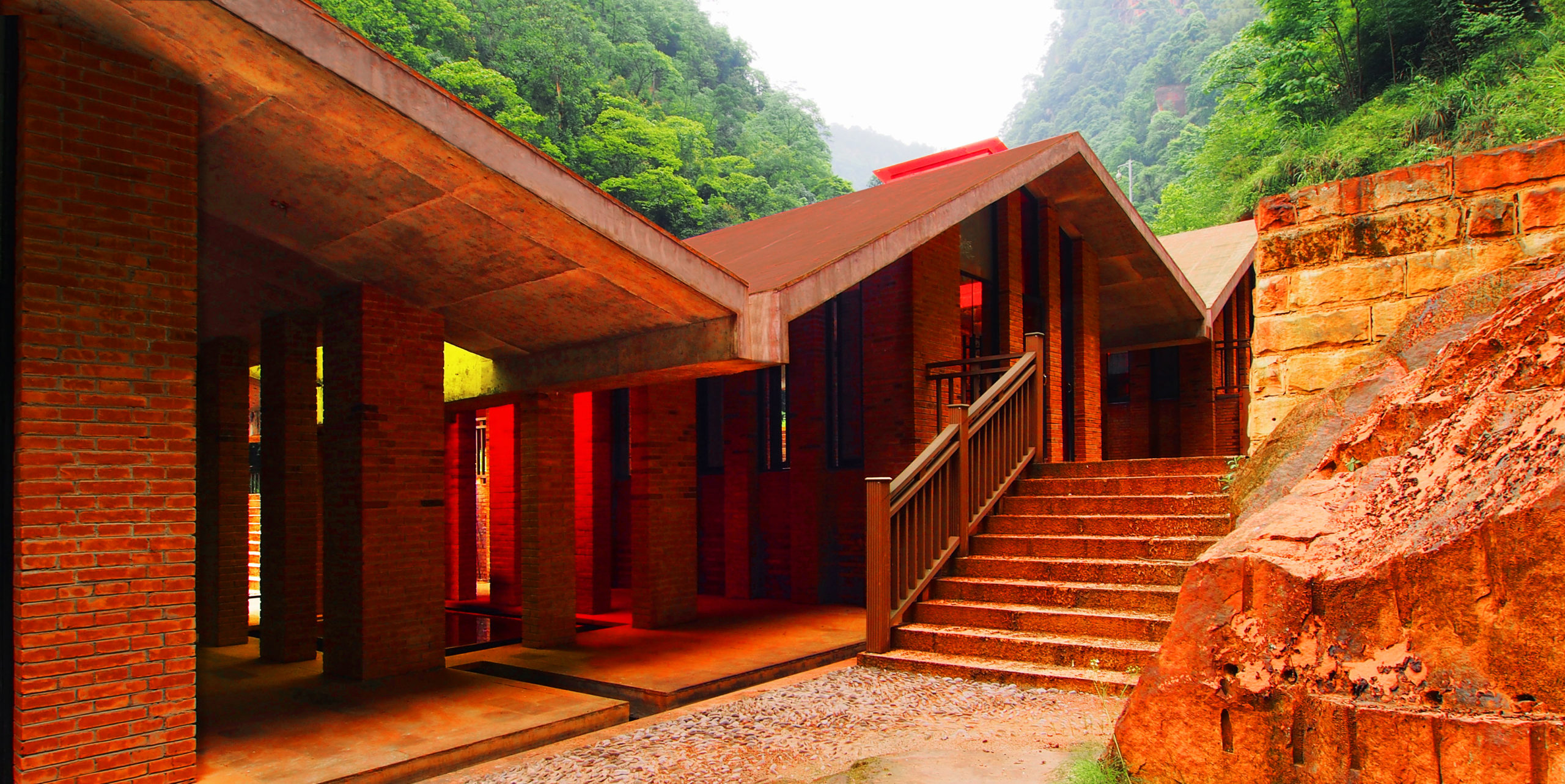Architizer's new image-heavy daily newsletter, The Plug, is easy on the eyes, giving readers a quick jolt of inspiration to supercharge their days. Plug in to the latest design discussions by subscribing.
Architecture sets the stage for life. As the place where people come together to gather and socialize, buildings provide the backdrop to our daily rituals and routines. At the same time, architecture shapes our experiences and memories. In the Dee and Charles Wyly Theatre, design teams from OMA and REX created a new model for theaters to rethink how architecture frames performance and the arts.
 Designed as a new way to organize the theater typology, the Wyly Theatre embraces the legacy and history of The Dallas Theater Center. Known for constant experimentation, the DTC was formerly housed in the Arts District Theater, a metal shed where directors challenged the traditional conventions of theater and often reconfigured the form of the stage to fit their artistic visions. The Arts District Theater became known as the most flexible theater in America.
Designed as a new way to organize the theater typology, the Wyly Theatre embraces the legacy and history of The Dallas Theater Center. Known for constant experimentation, the DTC was formerly housed in the Arts District Theater, a metal shed where directors challenged the traditional conventions of theater and often reconfigured the form of the stage to fit their artistic visions. The Arts District Theater became known as the most flexible theater in America.
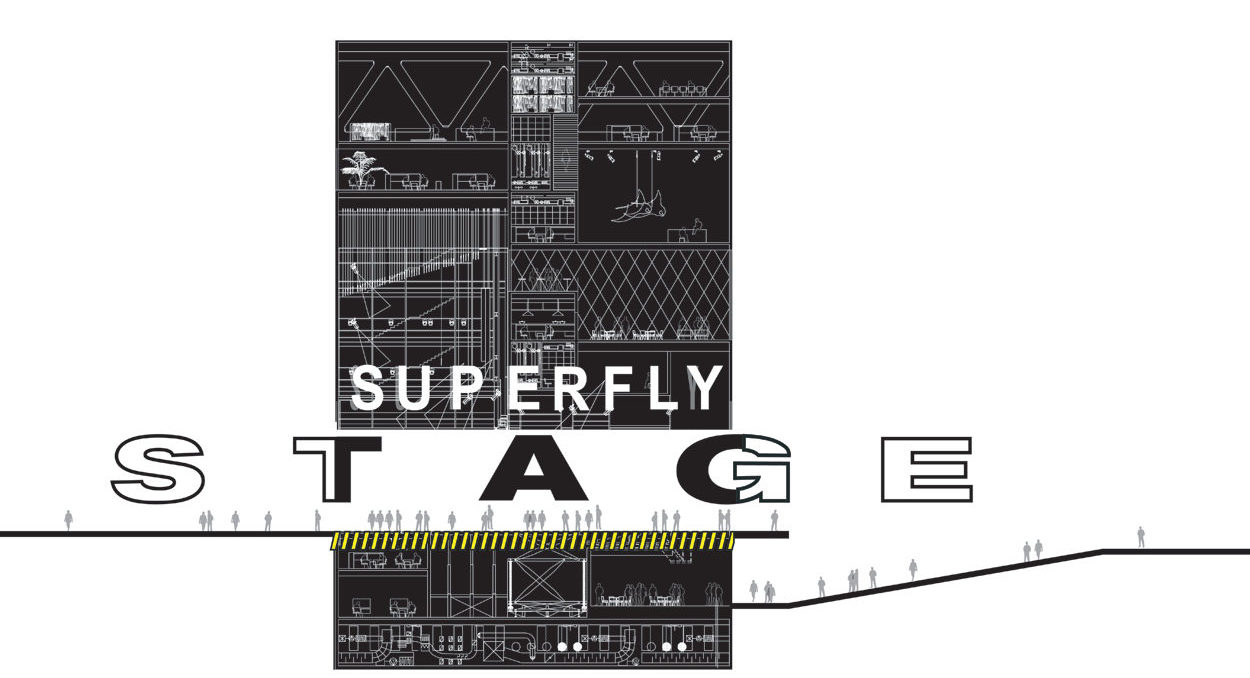 Over time, the costs of constantly reconfiguring the theater’s stage became a financial burden, and eventually, DTC permanently fixed its stage into a “thrust-cenium.” OMA and REX set out to create a new replacement informed by the original building’s makeshift nature, and in turn, the new design needed to be flexible while requiring minimal operational costs. It is the team’s parti that set this project apart; instead of circling front-of-house and back-of-house functions around the auditorium and fly tower, the Wyly Theatre stacks these facilities below-house and above-house.
Over time, the costs of constantly reconfiguring the theater’s stage became a financial burden, and eventually, DTC permanently fixed its stage into a “thrust-cenium.” OMA and REX set out to create a new replacement informed by the original building’s makeshift nature, and in turn, the new design needed to be flexible while requiring minimal operational costs. It is the team’s parti that set this project apart; instead of circling front-of-house and back-of-house functions around the auditorium and fly tower, the Wyly Theatre stacks these facilities below-house and above-house.

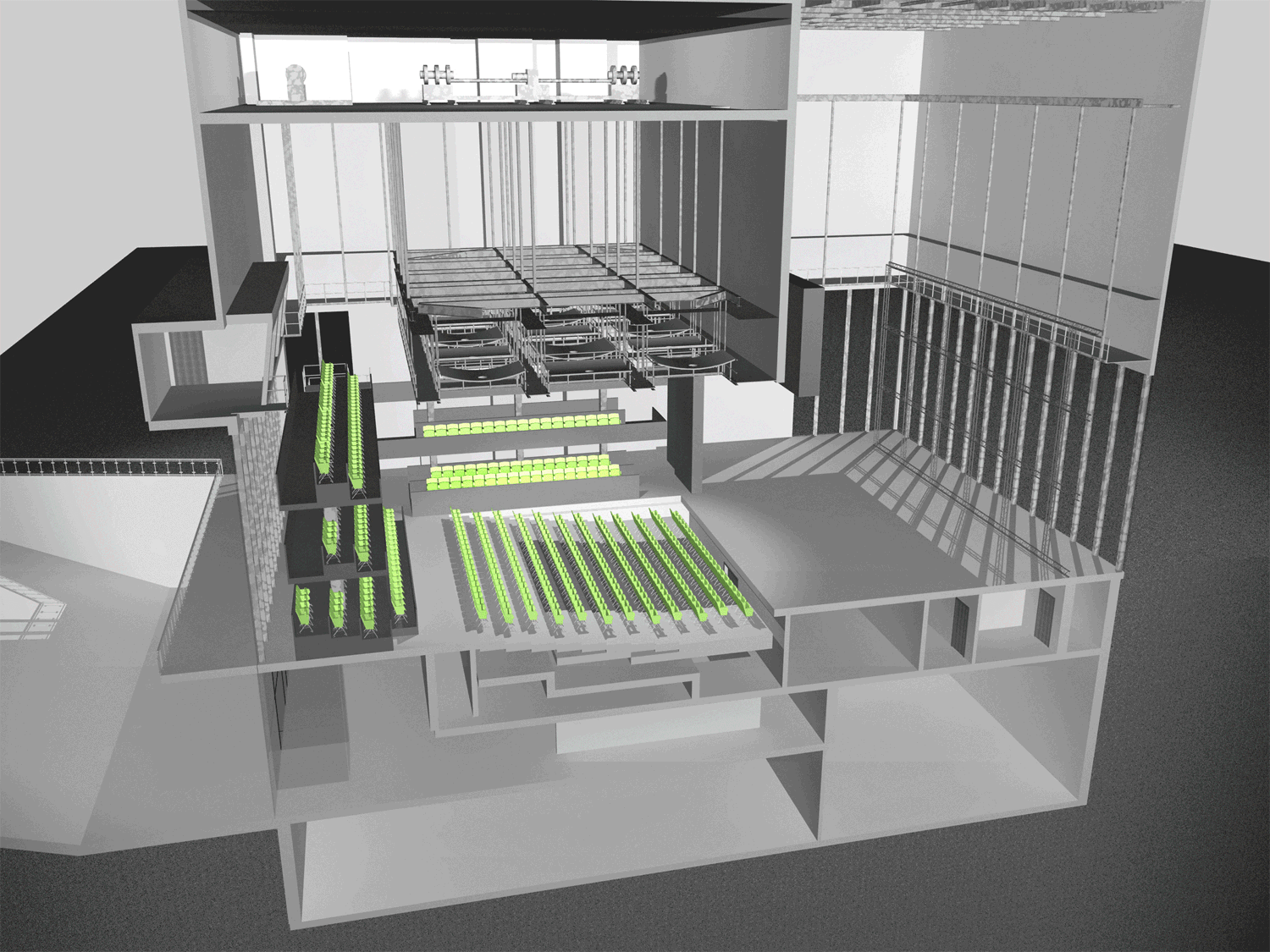 This stacked layout transformed the building into one big “theater machine.” The compact, vertical orientation of the Dee and Charles Wyly Theatre allows support spaces to be stacked above and beneath. As the teams explained, at the push of a button, the theater could be transformed into a wide array of configurations — including proscenium, thrust, and flat floor — freeing directors and scenic designers to choose the stage-audience configuration. At the same time, the performance chamber is intentionally made of materials that encourage alterations; the stage and auditorium surfaces can be cut, drilled, painted, welded, sawed, nailed, glued and stitched at limited cost.
This stacked layout transformed the building into one big “theater machine.” The compact, vertical orientation of the Dee and Charles Wyly Theatre allows support spaces to be stacked above and beneath. As the teams explained, at the push of a button, the theater could be transformed into a wide array of configurations — including proscenium, thrust, and flat floor — freeing directors and scenic designers to choose the stage-audience configuration. At the same time, the performance chamber is intentionally made of materials that encourage alterations; the stage and auditorium surfaces can be cut, drilled, painted, welded, sawed, nailed, glued and stitched at limited cost.

 OMA explains that, “No longer shielded by transitional and technical areas — foyer, ticket counters, backstage facilities — this reimagining of the theater typology exposes the auditorium to the city on all sides.” Directors can incorporate the Dallas skyline and streetscape into performances at will, as the auditorium is enclosed by an acoustic glass façade with hidden black-out blinds that can be opened or closed.
OMA explains that, “No longer shielded by transitional and technical areas — foyer, ticket counters, backstage facilities — this reimagining of the theater typology exposes the auditorium to the city on all sides.” Directors can incorporate the Dallas skyline and streetscape into performances at will, as the auditorium is enclosed by an acoustic glass façade with hidden black-out blinds that can be opened or closed.
Panels of the façade can also be opened to allow patrons or performers to enter into the auditorium or stage directly from outside, bypassing the downstairs lobby.
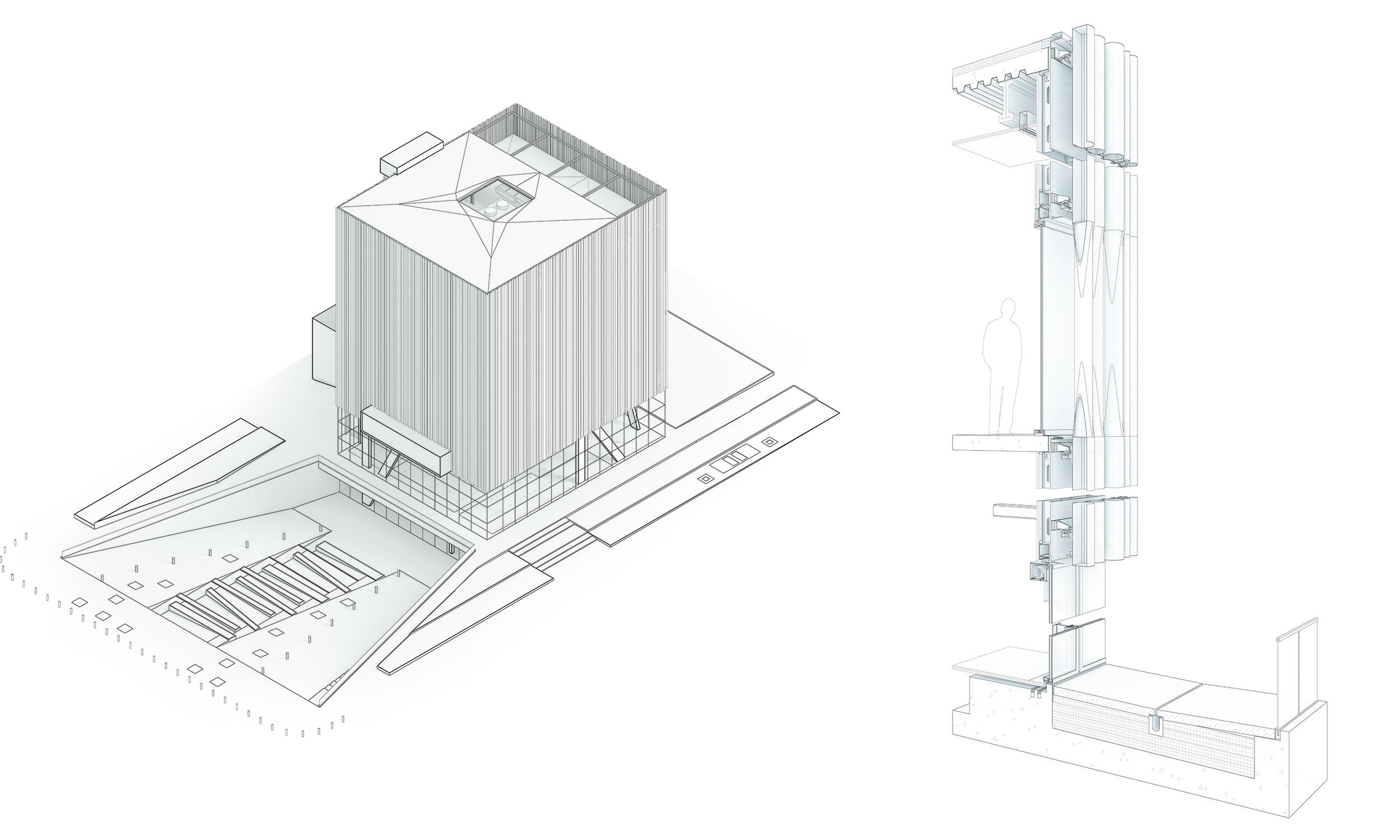
Superfly Structures, Courtesy Manuel Cordero
The primary structure is a system of concrete mega-columns that run along the perimeter of three sides, with the fourth supported by a concrete shear wall. The secondary structure, between levels four and seven, is a steel perimeter belt truss that supports the main volume of the raised structure, which transfers building loads to the mega-columns, and ultimately to the ground.
This belt truss works with the structural diaphragms at the floor slabs, providing lateral stability to the overall structure. The tertiary structural system is made up of conventional steel members that all tie back to the belt truss system.
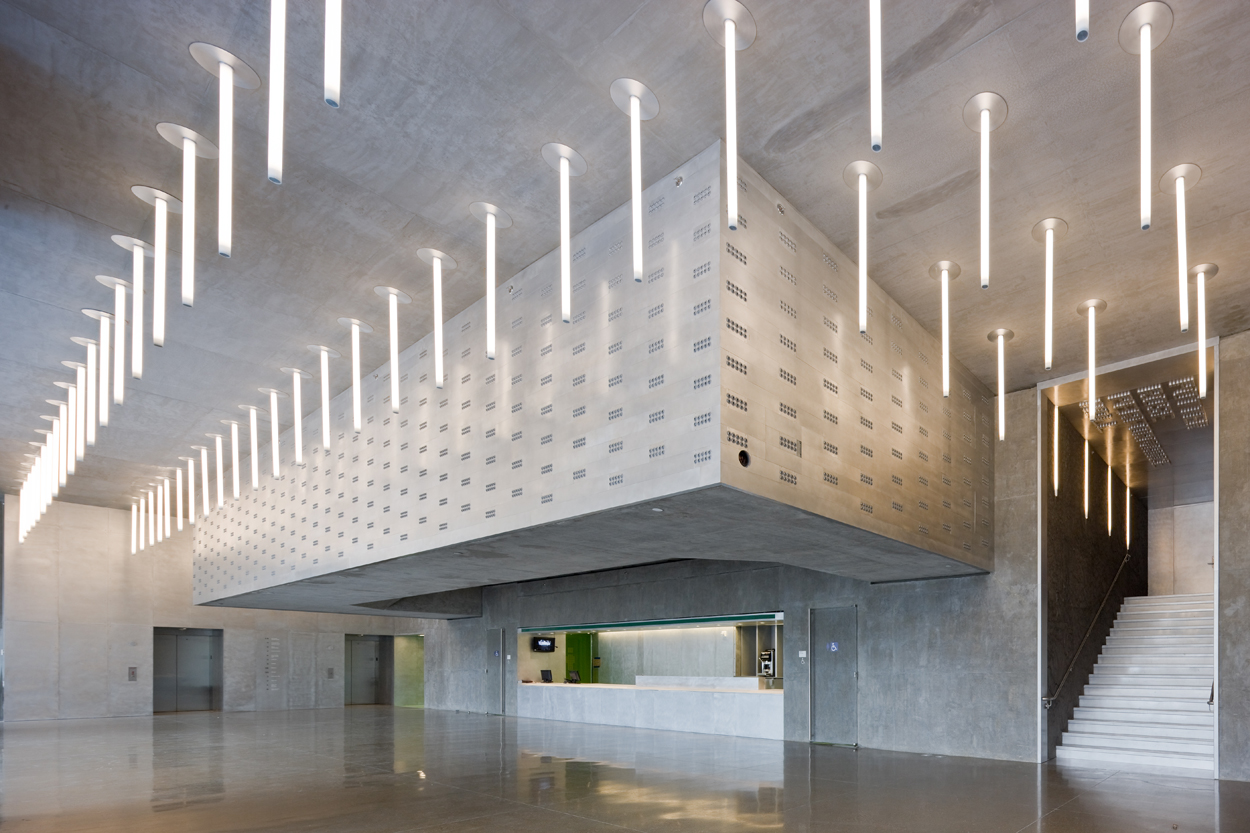
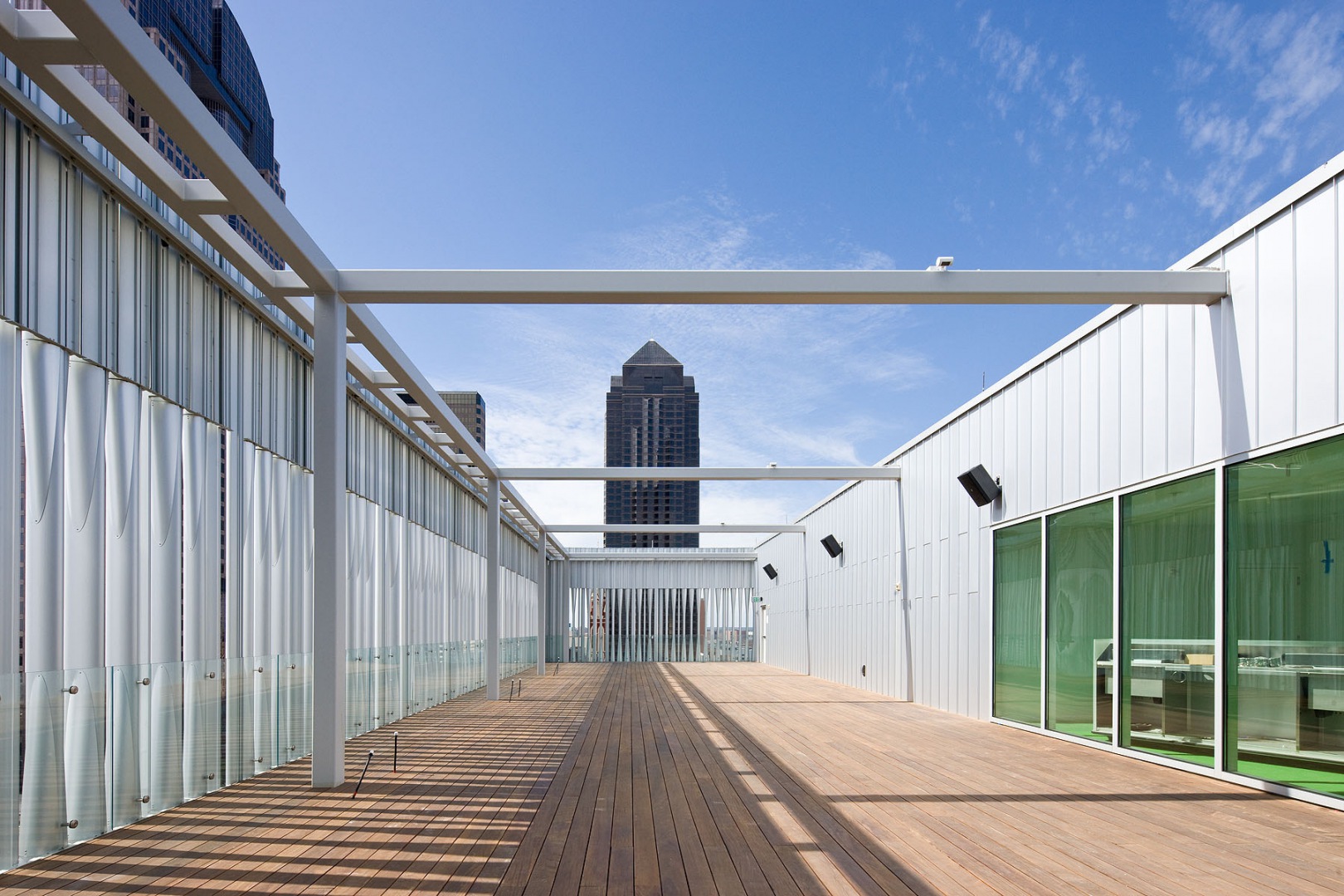 The design teams worked with McCarthy Construction to complete the 80,300-square-foot facility. The theater is a cast-in-place and structural steel framed facility with an exterior curtain wall and aluminum cladding.
The design teams worked with McCarthy Construction to complete the 80,300-square-foot facility. The theater is a cast-in-place and structural steel framed facility with an exterior curtain wall and aluminum cladding.
The Wyly Theatre grants its artistic directors freedom to determine the entire theater experience, from audience arrival to performance configuration to departure. Each of the three 135-ton balcony towers, both stair towers, and the proscenium can be repositioned or lifted out of sight using sporting arena scoreboard lifts. The ground plane can change height, tilt or rotate using stage technology adapted from opera houses, facilitating different stage or orchestra-level seating configurations.
 Pushing the limits of the ‘multi-form’, the Wyly Theatre is made to shift between proscenium, thrust, traverse, arena, studio and flat floor layouts — the latter of these sees the seating and balconies removed entirely. It is a design that explores how architecture can, quite literally, raise the bar for performance.
Pushing the limits of the ‘multi-form’, the Wyly Theatre is made to shift between proscenium, thrust, traverse, arena, studio and flat floor layouts — the latter of these sees the seating and balconies removed entirely. It is a design that explores how architecture can, quite literally, raise the bar for performance.
Architizer's new image-heavy daily newsletter, The Plug, is easy on the eyes, giving readers a quick jolt of inspiration to supercharge their days. Plug in to the latest design discussions by subscribing.
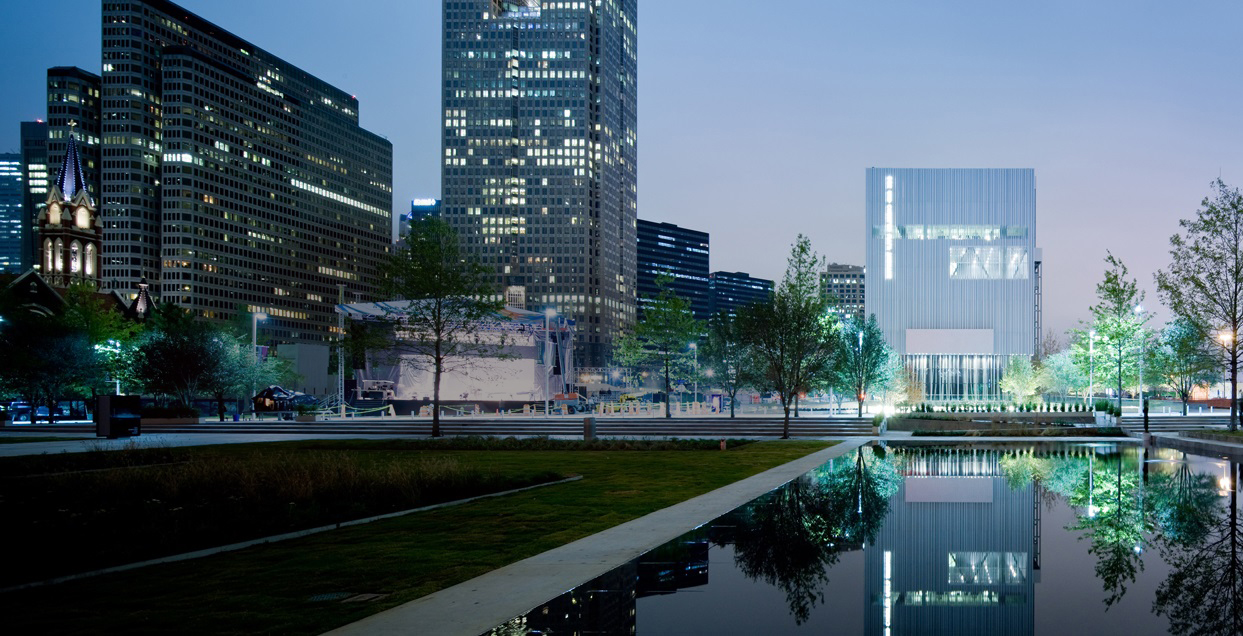





 Dee and Charles Wyly Theater
Dee and Charles Wyly Theater  Dee and Charles Wyly Theatre
Dee and Charles Wyly Theatre 
